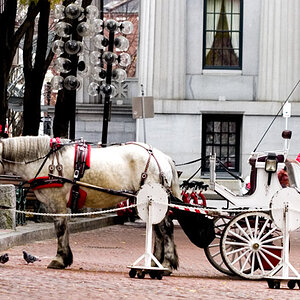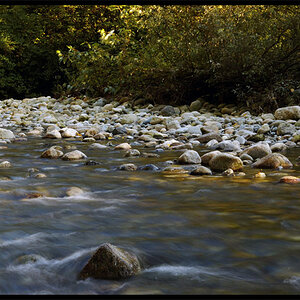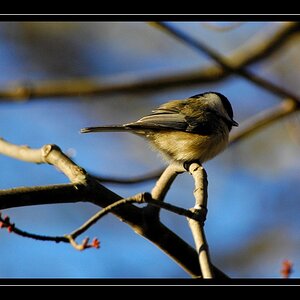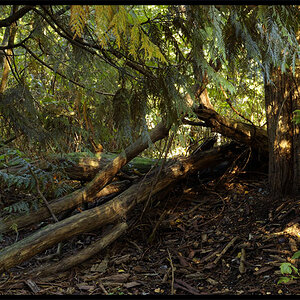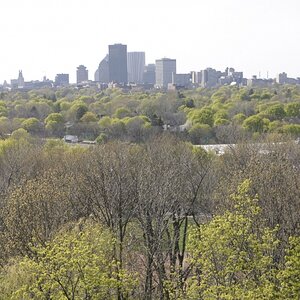Vuorilla
TPF Noob!
- Joined
- Dec 4, 2009
- Messages
- 13
- Reaction score
- 0
- Location
- China
- Can others edit my Photos
- Photos OK to edit
Hi there,
I wonder if there is a direct relation between the "f number" and the speed of a lens. Is there a way to quantify how faster a f number is as compared to another f?
For example, how many times faster is F1.2 compared to F3.5?
And F1.2 to F1.4?
I don't know if the term "faster" is the correct one here. Maybe I should say "how much more light does F1.2 let in as compared to F3.5?"
I enjoy night photography, but my lens, at F3.5, sometimes is too slow to capture a crystal-clear photograph.
I wonder if there is a direct relation between the "f number" and the speed of a lens. Is there a way to quantify how faster a f number is as compared to another f?
For example, how many times faster is F1.2 compared to F3.5?
And F1.2 to F1.4?
I don't know if the term "faster" is the correct one here. Maybe I should say "how much more light does F1.2 let in as compared to F3.5?"
I enjoy night photography, but my lens, at F3.5, sometimes is too slow to capture a crystal-clear photograph.





